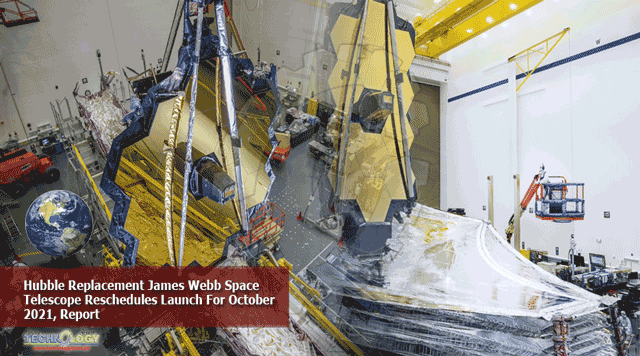The dispatch of NASA’s replacement to the Hubble Space Telescope faces seven additional long stretches of deferral, this time on account of the pandemic and specialized issues.

Authorities declared Thursday that the James Webb Space Telescope—the space organization’s top science need—is presently planned to dispatch on Oct. 31, 2021. The past deadline was March 2021.
This cutting edge observatory—intended to peer farther into space and further go into time than some other rocket—initially should fly over 10 years back. The past two-year-in addition to delaying, declared in 2018, was because of laborer mistake and equipment issues. Until COVID-19 struck, everything was, at last, working out positively, authorities said.
Strategic is basic, yet group security is our most noteworthy need, said NASA Associate Administrator Steve Jurczyk.
NASA focused on that the expenses originating from the most recent delay won’t surpass the $8.8 billion spending top for improvement set by Congress. Spending saves put aside two years back during the last significant appraisal will cover any extra costs, said Thomas Zurbuchen, the space organization’s science strategic.
Almost a large portion of the deferral, around a quarter of a year, is ascribed to COVID-19.
The episode has eased back work on the telescope by prime contractual worker Northrop Grumman in Southern California.
An additional four months of cushioning was required in the timetable to meet the new dispatch date, authorities stated, and exercises learned in rocket testing clarified exactly the amount additional time was required. A basic acoustic and vibration test, for example, is moved toward the completely collected telescope one month from now. Experts furthermore require to renew and refold Webb’s unusual sun shield—the area of a tennis court—again. The sun protection is expected to keep the infrared telescope cold once in space.
“Obviously, it’s difficult to anticipate a year in addition to from now how things will be to a great extent,” said program executive Gregory Robinson.
Set to take off on a European Ariane rocket (1.6 million kilometers) from Earth, well past space travelers’ scope. The circling Hubble, on the other hand, was over and over overhauled by transport space explorers following its 1990 dispatch. It’s required to keep working into the 2030s, authorities said Thursday.
NASA needs a cover in tasks among Hubble and Webb. The new telescope once propelled, will take a gander at a large number of very similar things Hubble has—and will.
“For me, it will be seeing old companions with totally new eyes,” said program researcher Eric Smith.
Originally posted at : thedigitalwise
